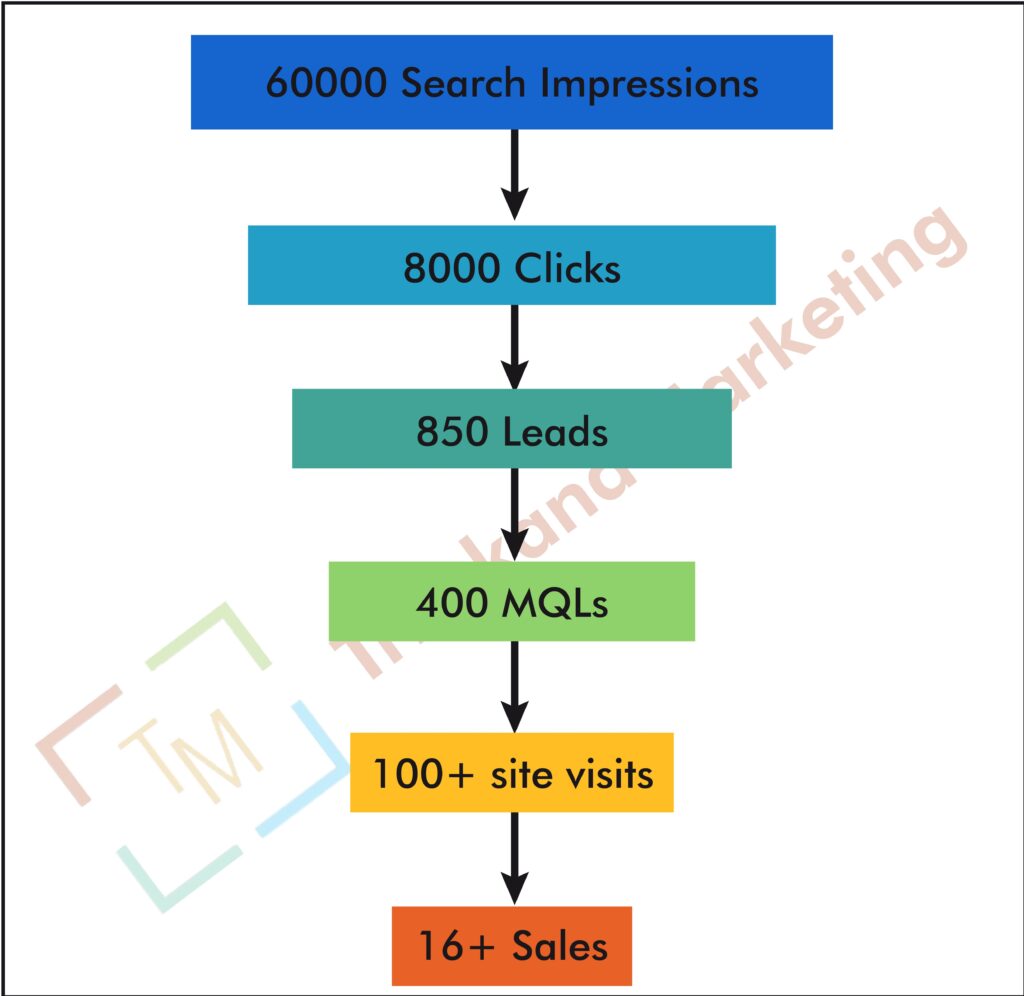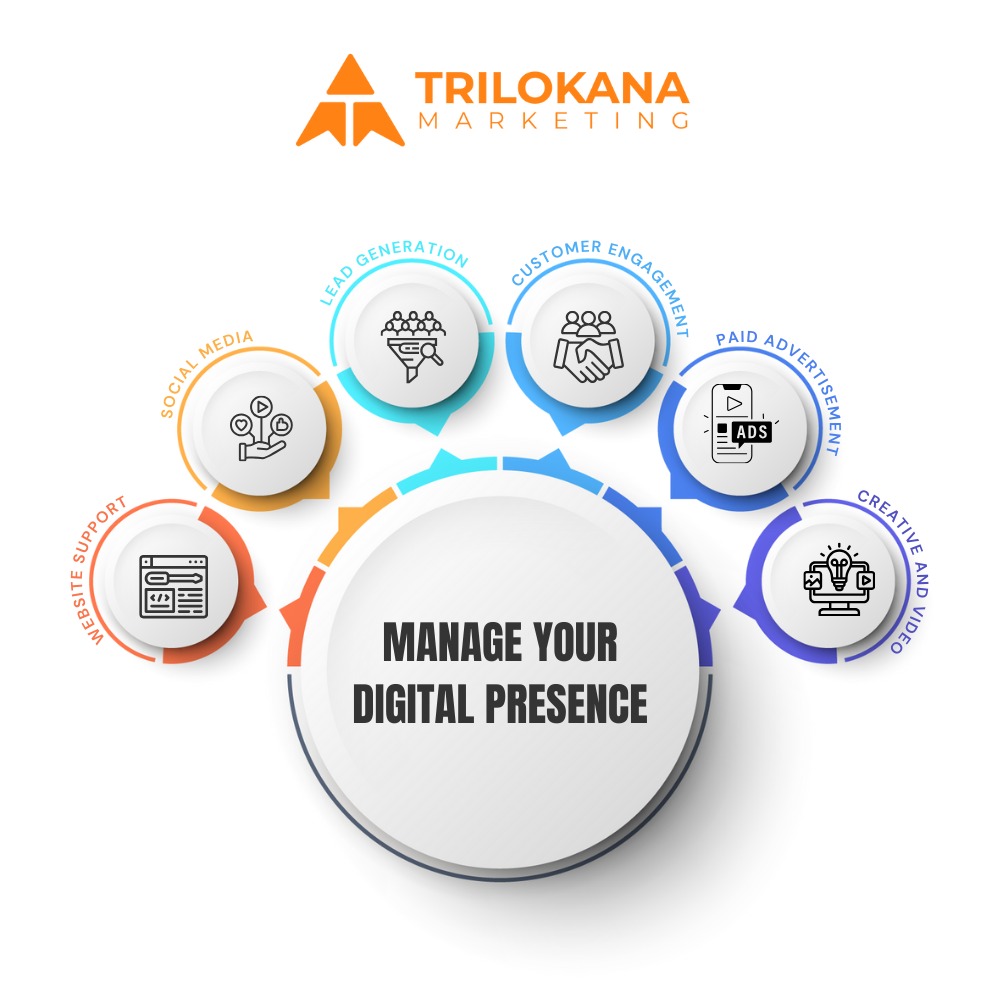Account-Based Marketing (ABM) has transformed the way B2B companies approach their target accounts. At the core of ABM lies the principle of personalization—crafting tailored marketing messages that resonate with the unique needs and preferences of specific accounts. This guide delves into effective personalization strategies in ABM, ensuring that your communications are relevant, impactful, and capable of driving engagement and conversion.
Table of Contents
Understanding Personalization in ABM
The Importance of Personalization
Key Strategies for Personalizing Your ABM Approach
- 3.1 Develop In-Depth Account Research
- 3.2 Create Customized Content
- 3.3 Leverage Multi-Channel Communication
- 3.4 Utilize Dynamic Website Content
- 3.5 Implement Personalized Email Campaigns
Utilizing Technology for Personalization
Measuring the Effectiveness of Personalization
Best Practices for Successful Personalization
Understanding Personalization in ABM
Personalization in ABM involves tailoring marketing efforts to meet the specific needs, preferences, and pain points of individual accounts. This approach goes beyond traditional marketing tactics by shifting the focus from a one-size-fits-all strategy to a more customized experience that resonates with the unique characteristics of each account.
The Importance of Personalization
- Increased Engagement: Personalized messages grab attention, leading to higher engagement rates and deeper connections with target accounts.
- Enhanced Relevance: When marketing materials address specific pain points or needs, they become more relevant to the audience, driving action.
- Improved Conversion Rates: Personalized interactions increase the likelihood of converting leads into customers by fostering trust and understanding.
- Long-Term Relationships: Personalization nurtures relationships, leading to increased customer loyalty and advocacy over time.
Key Strategies for Personalizing Your ABM Approach
3.1 Develop In-Depth Account Research
The foundation of effective personalization is thorough account research. Understanding the specific needs and preferences of your target accounts allows you to craft messages that resonate.
- Gather Data: Use various sources, such as LinkedIn, company websites, and news articles, to collect information about your target accounts.
- Identify Key Stakeholders: Understand the roles and responsibilities of decision-makers within the account.
- Analyze Pain Points: Identify challenges and pain points faced by the account that your product or service can address.
3.2 Create Customized Content
Once you have gathered insights about your target accounts, develop customized content that speaks directly to their needs and interests.
- Tailored Case Studies: Showcase how your solution has benefited similar companies or industries.
- Personalized Landing Pages: Create landing pages specifically designed for each target account, featuring content relevant to their needs.
- Engaging Blog Posts: Write blog articles that address common challenges faced by your target accounts, providing solutions and insights.
3.3 Leverage Multi-Channel Communication
To maximize engagement, utilize multiple channels to deliver personalized messages. Each channel offers unique opportunities for interaction.
- Email Marketing: Use personalized email campaigns to reach key stakeholders, offering tailored insights and solutions.
- Social Media: Engage with target accounts on platforms like LinkedIn, sharing relevant content and participating in discussions.
- Webinars and Events: Host industry-specific webinars or events that cater to the interests and needs of your target accounts.
3.4 Utilize Dynamic Website Content
Dynamic content allows you to personalize the website experience for different visitors, enhancing engagement and relevance.
- Personalized Messaging: Use visitor data to display tailored messages or offers based on the account’s industry, size, or needs.
- Customized Resources: Provide downloadable resources, such as whitepapers or eBooks, that are specifically curated for each target account.
3.5 Implement Personalized Email Campaigns
Email marketing remains one of the most effective channels for B2B engagement. Personalization within email campaigns can significantly enhance effectiveness.
- Segment Your List: Organize your email list based on account characteristics and behavior to tailor your messaging.
- Craft Personalized Subject Lines: Use the recipient’s name or account-specific references in subject lines to increase open rates.
- Include Account-Specific Content: Ensure that the email content addresses the unique pain points and interests of the recipient’s organization.
Utilizing Technology for Personalization
Technology plays a crucial role in enabling effective personalization in ABM. Various tools can help streamline and enhance your personalization efforts.
- CRM Systems: Utilize Customer Relationship Management (CRM) systems to store and analyze account data, facilitating targeted messaging.
- Marketing Automation Platforms: Leverage automation tools to create personalized campaigns, track engagement, and analyze performance metrics.
- Data Analytics Tools: Use analytics platforms to gather insights on account behavior, preferences, and interactions, allowing for continuous optimization.
Measuring the Effectiveness of Personalization
To assess the success of your personalization efforts, it’s essential to measure key performance indicators (KPIs) related to engagement and conversion.
Key Metrics to Track:
- Engagement Rates: Monitor open rates, click-through rates, and time spent on personalized content.
- Conversion Rates: Analyze the percentage of leads that convert into customers as a result of personalized interactions.
- Account Penetration: Measure the number of stakeholders engaged within each target account, indicating the breadth of your influence.
Continuous Improvement
Regularly review and adjust your personalization strategies based on performance data. Conduct A/B tests to determine which messages resonate best with your target accounts and refine your approach accordingly.
Best Practices for Successful Personalization
To maximize the effectiveness of your personalization strategies, consider these best practices:
- Stay Relevant: Ensure that all personalized messages are relevant to the current needs and challenges of your target accounts.
- Maintain Consistency: Deliver a consistent message across all channels to reinforce your brand and value proposition.
- Listen and Adapt: Pay attention to feedback from target accounts and adjust your strategies based on their preferences and behaviors.
- Build Relationships: Focus on nurturing relationships over time rather than solely pursuing immediate sales.
Conclusion
Personalization is a cornerstone of successful Account-Based Marketing. By understanding your target accounts and tailoring your messages to meet their specific needs, you can foster deeper connections, drive engagement, and ultimately convert leads into loyal customers. Implementing these personalization strategies not only enhances your ABM efforts but also positions your business for long-term success in a competitive B2B landscape.
Embrace the power of personalization, and watch your ABM initiatives flourish as you speak directly to the needs of your target accounts.



